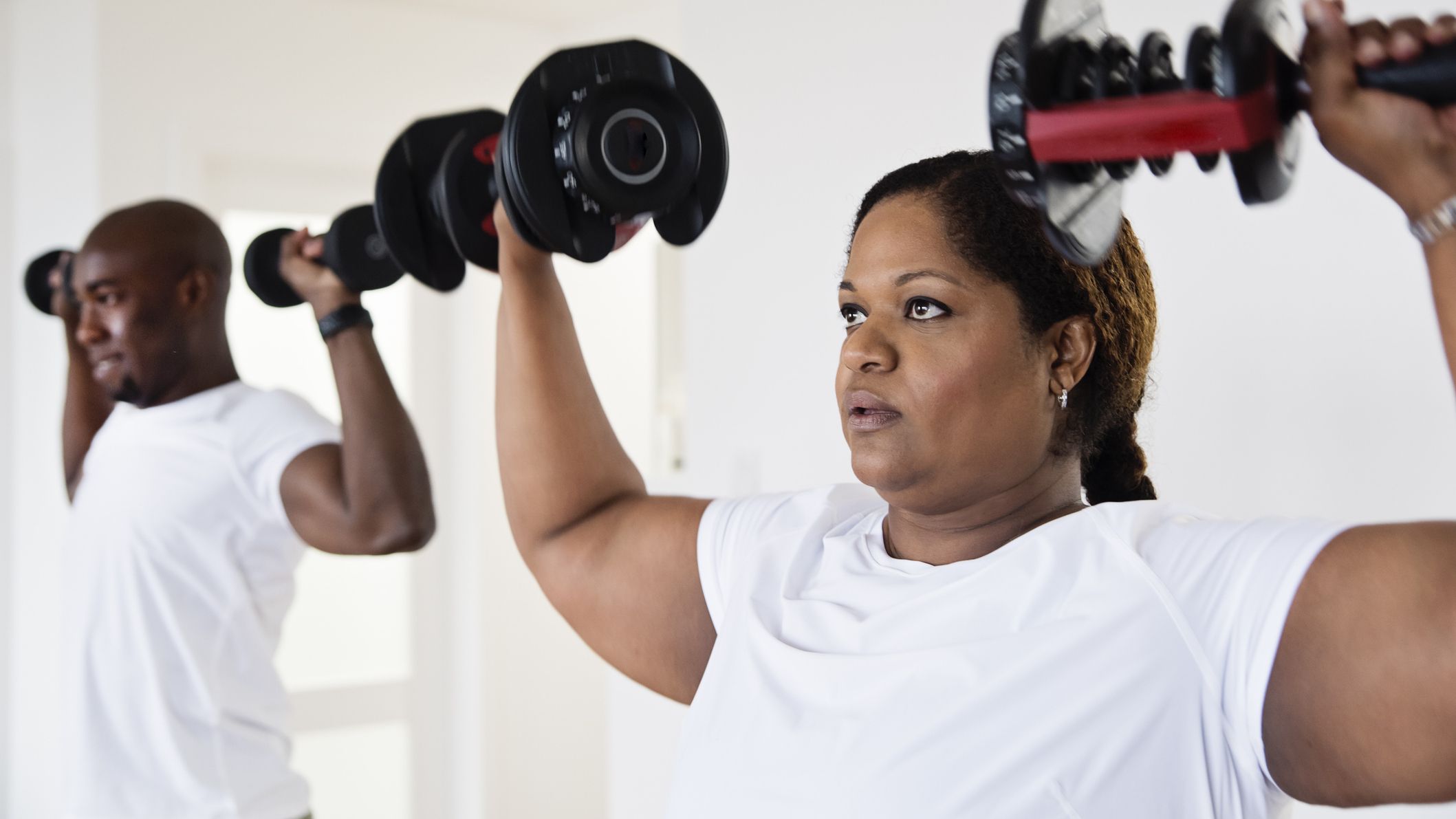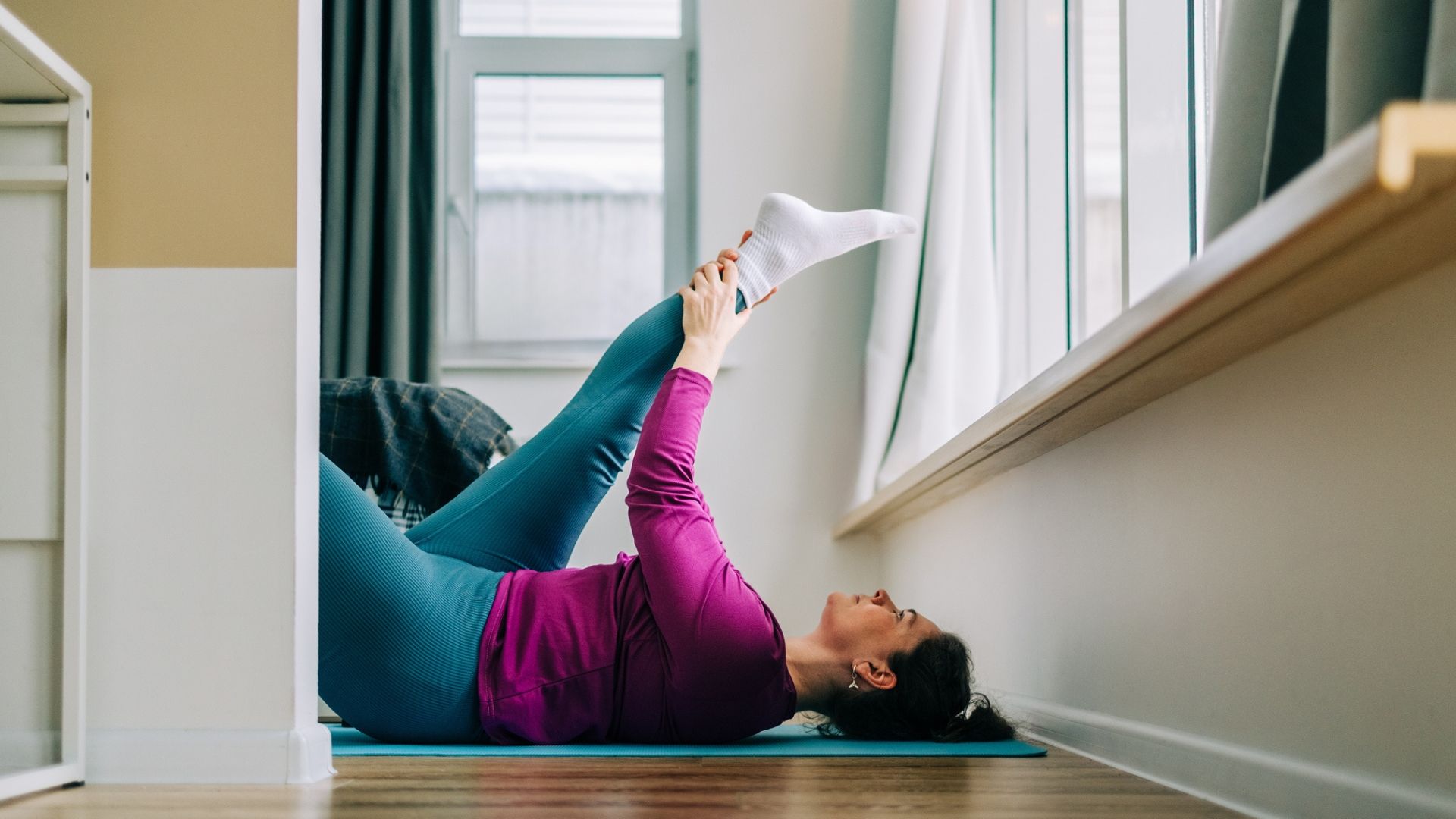Aging sucks. Your body feels weaker and everyday activities start to take more effort.
“By the time you reach 40, your body isn’t as quick to bounce back as it once was, and muscle starts to fade faster,” says Denise Chakoian, a certified fitness trainer and owner of Core Cycle and Fitness LaGree.
Sarcopenia—age-related muscle loss—starts at around age 30 if you aren’t doing anything to counter it. The process accelerates as we age, spiking with hormonal changes like the menopause, which for many people starts in their 40s.
So when I asked what those over 40 should be prioritizing to maintain their health, it’s no surprise that she suggested strength training to counteract muscle loss.
“Lifting weights or using resistance bands can rebuild what’s been lost and keep your bones strong. It helps you move with more ease and lowers your risk of pain or injury later on. The sooner you start, the more strength and freedom you’ll have in the years ahead.”
But what is more surprising is that Chakoian went on to highlight one particular strength exercise, and another form of exercise that complements strength training.
To keep it really simple, Chakoian has broken down the most important areas of exercise you should be doing, and why.
1. Resistance training
“Strength training is the single most effective tool for slowing down biological aging. It improves insulin sensitivity, supports metabolism, and combats the muscle and bone loss that accelerates after 40,” says Chakoian.
“It also helps regulate mood and cognition by balancing hormones and supporting brain health. Over time, resistance training keeps your posture stronger and your overall resilience higher.”
“Keeping your muscles strong helps you stay steady on your feet and protects your joints from strain. It also keeps your blood sugar, mood, and energy more balanced. Strong muscles don’t just look good; they help you move, age, and live better.”
Want to start resistance training, but aren’t sure where to begin? Try this strength training for beginners plan, all you need are dumbbells, or if you have a gym membership, begin with this gym machine workout plan for beginners.
No weights? Start with this 10-minute bodyweight workout from Chakoian.
2. Squatting
Watch On
While squats fall under the umbrella of resistance training—even when you perform them without holding a weight—they hit such a crucial part of your body that Chakoian wanted it to have its own spot on the list.
“Squats build and maintain lower-body strength, which directly ties to independence and long-term mobility,” she says, telling me that the legs are often where sarcopenia hits first and hardest.
“Squats work major muscle groups such as glutes, quads, hamstrings, while engaging the core and improving balance,” says Chakoian. “Strong legs are strongly correlated with reduced risk of falls, better joint stability and greater metabolic health. They also boost bone density and stimulate testosterone and growth hormone, both of which drop with age.”
3. Steady-state cardio
“Steady-state cardio like brisk walking, cycling or swimming trains the heart to be more efficient,” says Chakoian. “It improves circulation, blood pressure and fat metabolism, while being gentle on the joints.”
“For people over 40, this moderate-intensity training, where you can still talk but feel challenged, enhances mitochondrial health and increases the body’s ability to use fat for energy, key markers linked to longevity. It also lowers stress hormones and supports recovery from strength training.”

Denise Chakaoian is a veteran fitness expert and founder of CORE Cycle and Fitness LaGree, the first Rhode Island studio to introduce the Lagree Method—a high-intensity, low-impact workout performed on the Megaformer. A former competitive dancer with nearly 30 years in the industry, she blends technical precision with holistic wellness. Her Providence-based studio offers cutting-edge group fitness, including Lagree, indoor cycling, boxing, and strength training, all delivered with an evidence-based, community-focused approach.








































